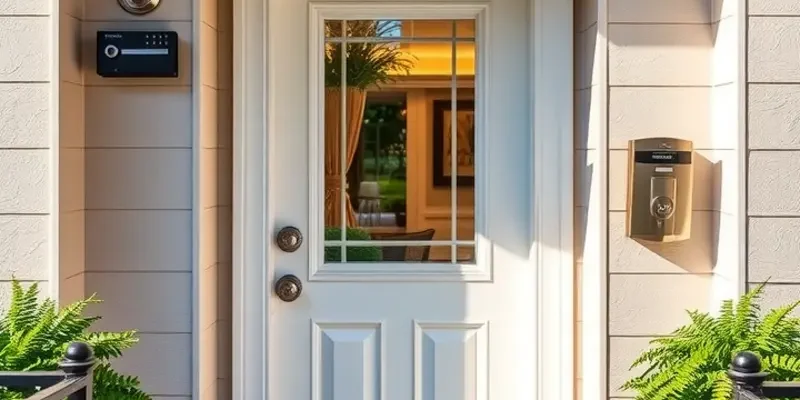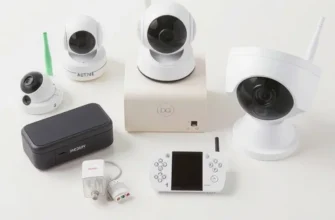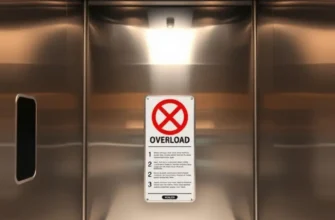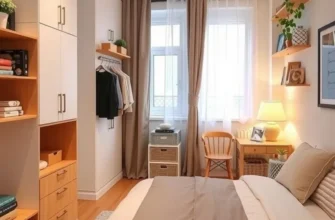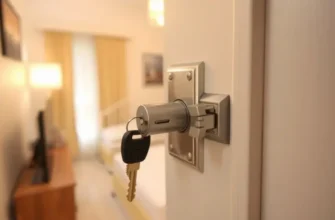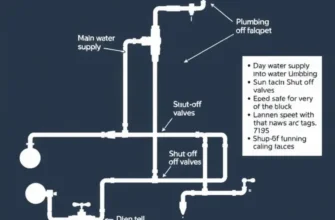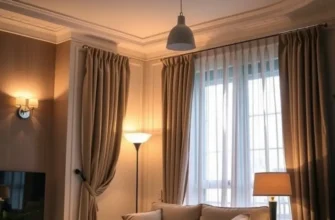Renting an apartment often means balancing comfort and security. With countless choices across the U.S., ensuring your living space is safe can sometimes feel overwhelming. Whether you’re a first-time renter or have years of experience, prioritizing safety is essential for peace of mind. This guidance offers practical insights into not just securing your apartment against theft, but also maintaining a safe and hassle-free living environment. From checking safety features to ensuring quick and reliable maintenance services, you’ll discover how to embrace the joys of apartment life while staying secure. By taking proactive steps and utilizing available resources, you can create a dwelling that not only feels like home but also serves as a safe haven.
Assessing Your Apartment’s Security Features
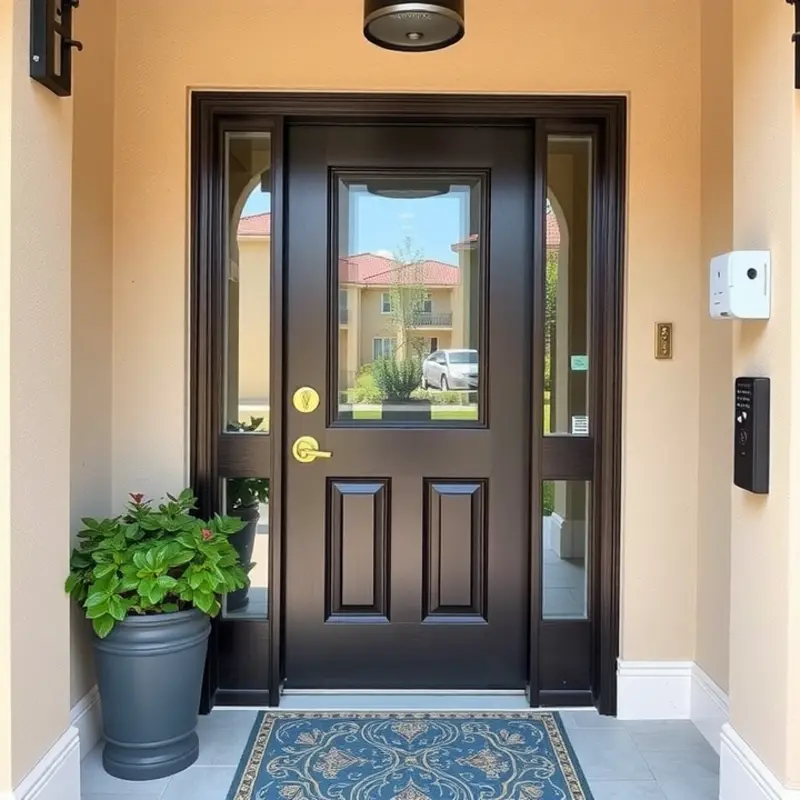
When considering a new apartment, scrutinizing security features is essential for a safe and secure living space. Taking time to evaluate these aspects can prevent future hassles and ensure peace of mind. Start by inspecting the locks on all entry points. Deadbolt locks are a fundamental requirement for main doors. They offer additional security compared to standard spring-latch locks. If possible, check whether the doors have a peephole or a security chain, allowing you to verify visitors before granting entry.
Beyond the main door, ensure that all windows, especially those on the ground floor, have secure locking mechanisms. Windows are common break-in points, thus having sturdy locks and, where necessary, bars or reinforced glass is advisable. For sliding doors, a rod in the track can prevent unauthorized opening.
Alarm systems are another critical component of apartment security. While not all rentals offer pre-installed alarms, many landlords acknowledge tenant security concerns and might be open to installing one upon request. If an alarm system is present, confirm it is functional and inquire about maintaining its operation. Understand the signaling system—whether it communicates with local authorities during breaches or triggers a loud alert to deter intruders.
Community safety measures also play a role in apartment security. Investigate whether the building has controlled access, such as a doorman, guard stationed at the entrance, or electronic keycard entry systems. These features can significantly enhance the overall security of the premises, deterring unauthorized visitors. Additionally, check if security cameras are installed in shared areas like parking lots, hallways, and elevators. Cameras can act as both deterrents and crucial evidence in the event of an incident.
Lighting is a simple yet often overlooked security measure. Adequate lighting around entrances, pathways, and parking areas minimizes hiding spots for potential intruders. If the lighting around the apartment complex is insufficient, request upgrades. Tenants have the right to express their concerns regarding security enhancements to landlords.
Consider the apartment’s location within the complex as well. Units on the ground or basement levels might be more susceptible to break-ins. Also, learn about the neighborhood’s safety record. Speak with residents or consult local crime reports to gain insights into nearby security concerns.
Lastly, foster communication with your neighbors. Engaging in a community watch or simply knowing each other can enhance overall security. Neighbors can assist in monitoring each other’s apartments, contributing to a safer environment. For more comprehensive safety solutions, explore our article on apartment balcony safety netting for ensuring complete safety coverage.
Keeping these features in mind helps in making informed decisions, safeguarding your home from potential threats. Understanding and optimizing each element listed can make a significant difference in your rental experience.
Creating a Hassle-Free Maintenance Plan

The key to a hassle-free living experience is a proactive approach to maintenance. By taking small steps, you can comfortably manage the upkeep of your apartment, ensuring minimal disruption to your daily life.
Understand Your Lease
Start by reading and understanding your lease agreement. This document outlines maintenance responsibilities for both tenants and landlords, ensuring you know what is expected. Pay specific attention to clauses related to repairs and maintenance requests. Knowing this can aid in timely and effective communication with your landlord.
Routine Inspections
Set a personal schedule for regular inspections of key systems within the apartment. Check smoke detectors monthly and ensure HVAC filters are clean every couple of months. Regularly examine plumbing fixtures for leaks and ensure drain covers are in place to prevent clogs. This proactive stance not only keeps your apartment in top condition but can also highlight minor issues before they escalate.
Develop a Maintenance Log
Maintaining a simple log of repairs and maintenance can be incredibly beneficial. Record the issue, the date it was reported, and actions taken. This record supports your claims if a disagreement arises with your landlord. It also helps you stay informed about recurring issues that might need more permanent solutions.
Communicate with Your Landlord
Effective communication with your landlord is essential in resolving maintenance issues promptly. When reporting problems, be clear and concise. Include details such as the specific location, the nature of the problem, and any temporary solutions you’ve employed. For landlords, this clear communication can make diagnosing and addressing the problem much easier.
Utilize email or maintenance portals if available. These methods provide a written record of your maintenance requests, which can be crucial in case of disputes. If you encounter persistent problems with landlord responsiveness, consider referencing resolving rental billing errors for strategies on dealing with financial disagreements as these may offer insights into resolving communication hiccups.
Build a Relationship with Maintenance Personnel
Fostering a good relationship with your building’s maintenance personnel can significantly impact the speed and quality of repair work. Simple gestures, like a friendly chat or offering a cold drink during a repair session, can help build rapport, potentially leading to quicker responses in the future.
Temporary DIY Fixes
For minor issues, such as a squeaky hinge or a stuck window, consider learning a few basic DIY fixes. These small tasks often have simple solutions that require minimal tools and effort. However, only attempt repairs you are comfortable with and knowledgeable about, ensuring you don’t accidentally invalidate your lease agreement.
By following these strategies, you’ll create an organized and effective approach to apartment maintenance. A proactive and communicative routine ensures you spend more time enjoying your home and less time dealing with unexpected repairs.
Final words
Ensuring safety and security in your apartment goes beyond having sturdy locks and a reliable landlord. By actively assessing your living environment and planning for maintenance, you can create a nurturing space that feels secure and inviting. Prioritize your safety needs and adopt a proactive approach to maintenance. Cultivating awareness of your surroundings and knowing how to address potential issues will enhance your overall living experience. Remember, a safe apartment is more than just a place to live; it’s where you can thrive and enjoy your home life.

